-
August Garden Tour 2020: Plants for dry shade and deadheading guide
 Lee Burkhill: Award Winning Designer & BBC 1's Garden Rescue Presenters Official Blog
Lee Burkhill: Award Winning Designer & BBC 1's Garden Rescue Presenters Official Blog

July is often thought of as the pinnacle of gardening activity where summer blooms are looking their best. August is often discussed as the poor cousin, often without any real supporting evidence! With careful plant choices and selections nearly every month of the year can have something wonderful growing or producing.
In this months garden tour, I tackle one of the trickiest flower bed types; Dry shade. I'll be showing you how even in the most inhospitable parts of the garden you can create something gorgeous by selecting the right plant for the right place. So come on let's get cracking!
I've arranged these underneath a tree which I'd crown lifted. You can see more in the video above about how I space them or read my recent guide on how to lay out flowers in a garden border here.
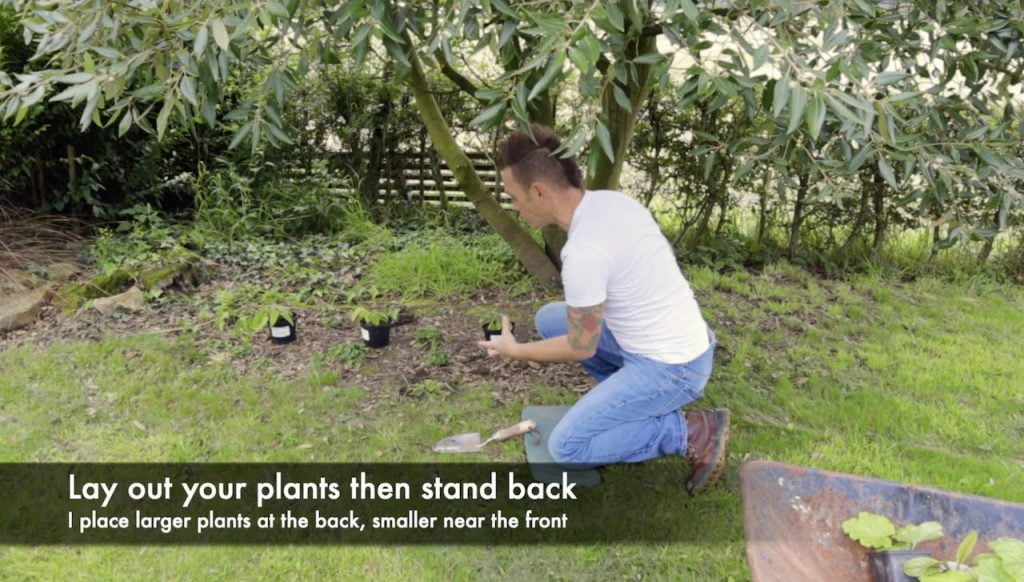
This month, I've been asked by a number of people online about deadheading. Whether I deadhead everything in the Exploding Atom Garden or not. I'll be honest: I don't deadhead everything. I simply don't have the time.
Deadheading does prevent your plants from setting seed so they usually will send out another flower to try and make more seed. If you don't deadhead you may be blessed with more plants next year as the seed are scattered, but fewer flowers this year. If you deadhead you get more flowers but no real chance of self-seeded plants. So it's entirely up to you!
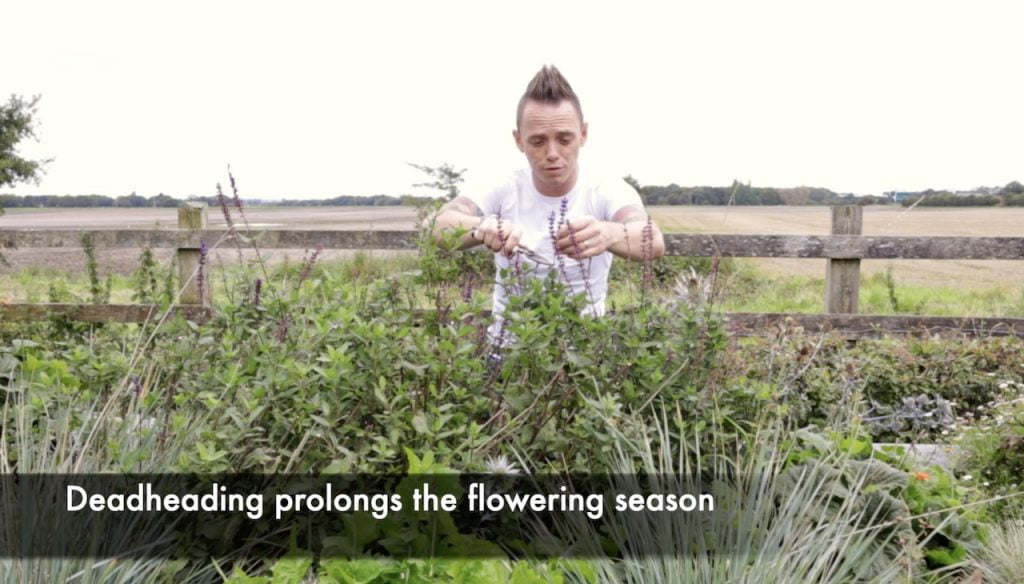
However, in the Granite Garden, I do deadhead frequently because it's far smaller and manageable. It's also the place I sit in more frequently so it's nice to keep it looking lovely. Besides I find the smaller the border the more you need to deadhead whereas large borders can hide a number of sins!
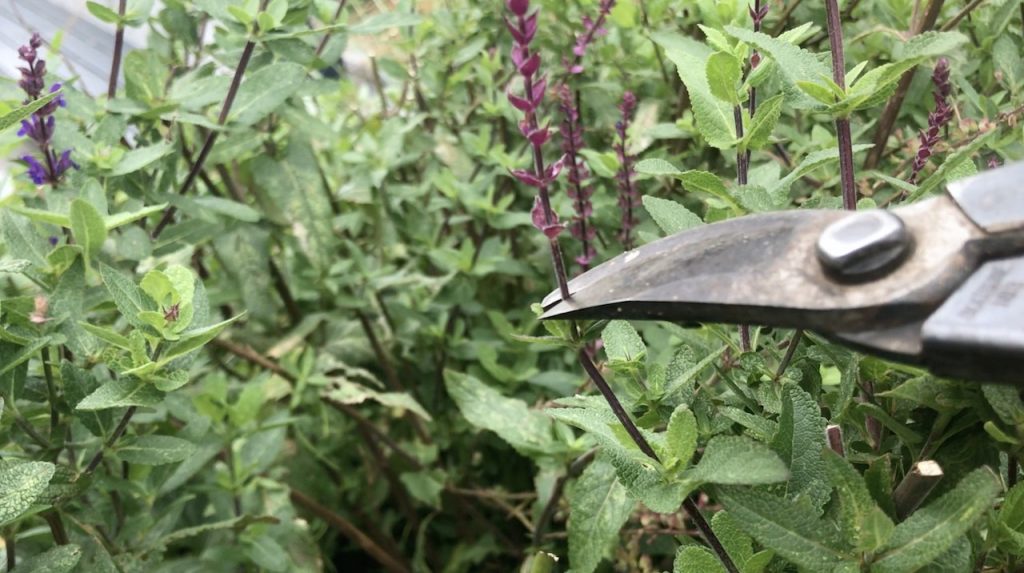
Deadheading is easy when you know-how. You want to cut just above the next set of leaves down from the spent flower. Never just beneath the flower. This is because the stem will die back to the next set of leaves down, leaving an awkward brown stump. So always find the next set of leaves down and then make your snip!
Lastly, this month, I've been focusing my attention on some grow your own vegetables. I'm not usually known for my kitchen garden (as I still don't have one). However, I have been growing Squashes and Pumpkins to give some Autumn vegetable yields!
One top tip with Squash or Pumpkins is to keep the fruits off the floor as this stops them rotting or potentially getting nibbled. I've used a upturned plant pot but you can also use an old crate, a handful of hay or anything else that stops them sitting on wet mucky ground.
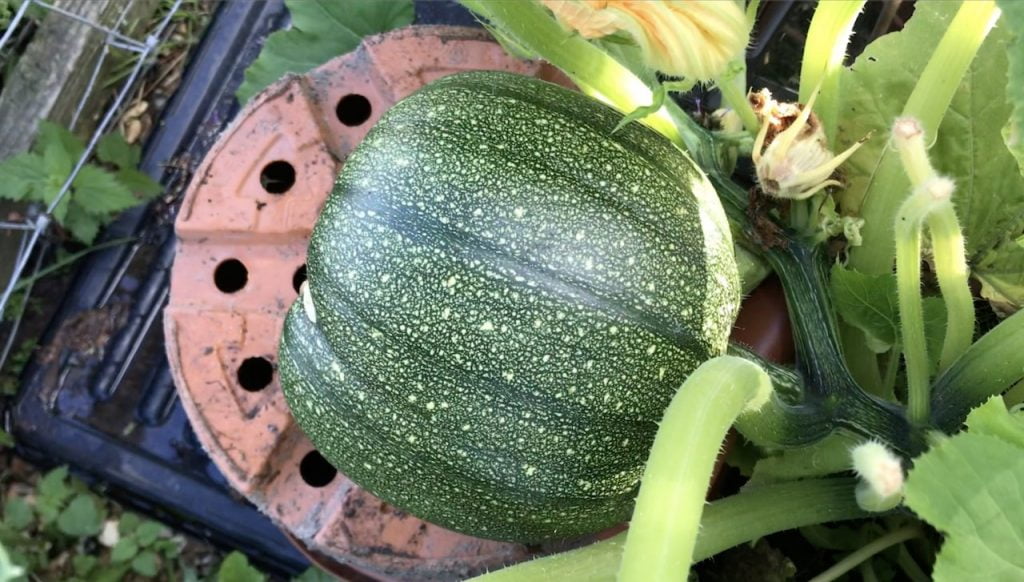
So that's pretty much it for August outside of my Garden Design practice. What's lovely about moving into September is the quiet, slightly darker nights as they roll in. For now, I'm going to savour the last minutes of August!
If you're looking for garden design help or guidance, why not book one of my hour long online garden consultations? It can help set you off on the right path and help make your garden awesome! Take a look at my online booking here.

Why not share your gardening stories with me on Social media? You can Tweet, Facebook or Instagram me with your designs. If you need gardening advice, why not check out my YouTube gardening guides and subscribe if you haven’t already?
Happy Gardening.


You must be logged in to post a comment.

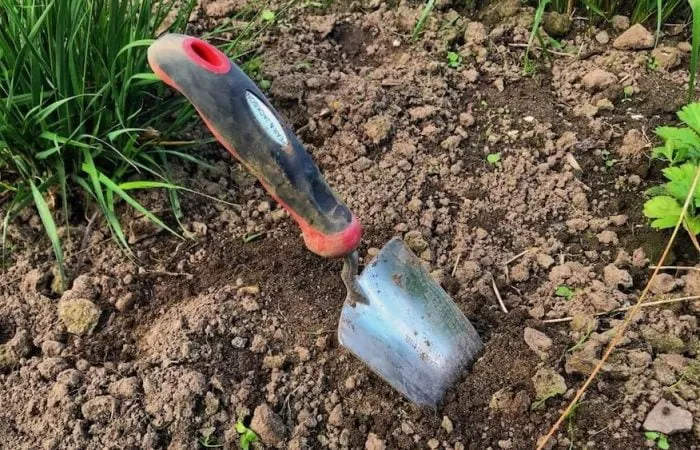
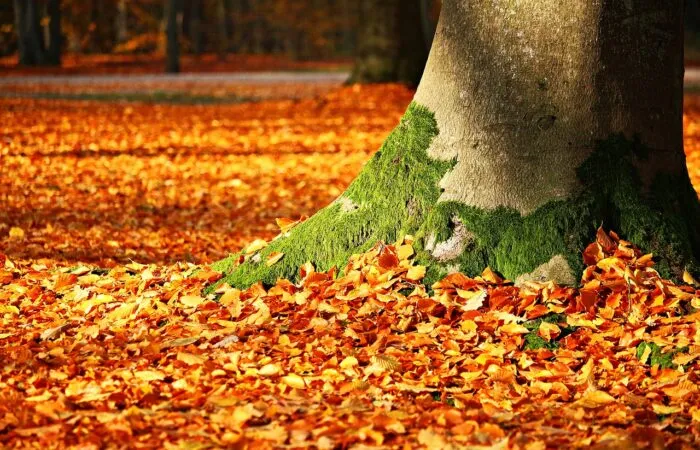
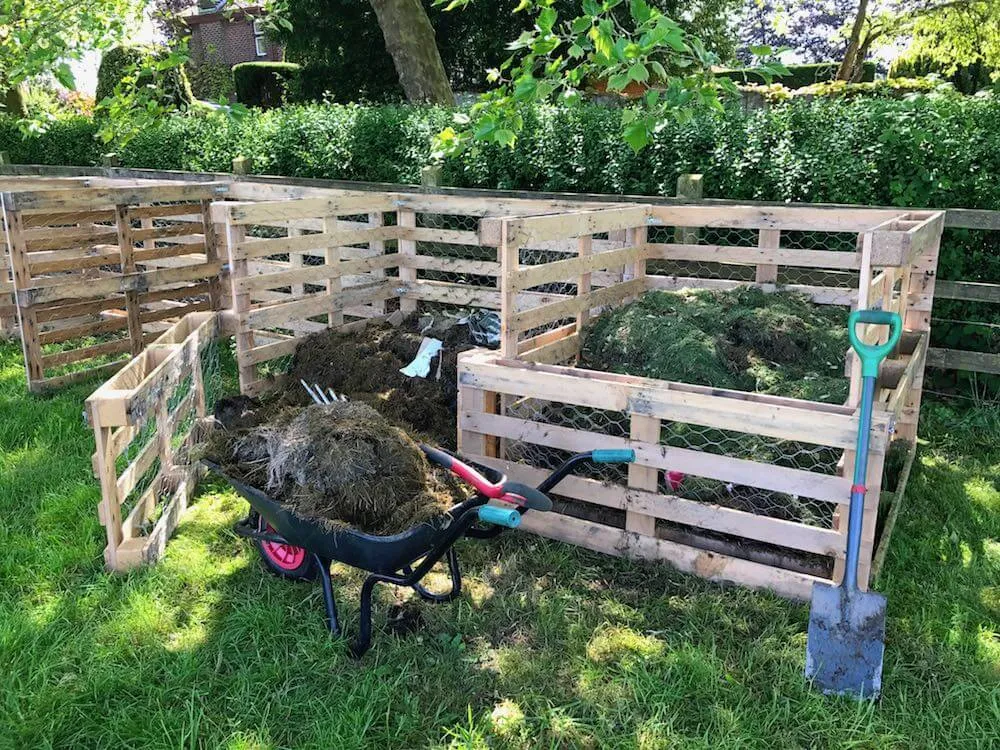
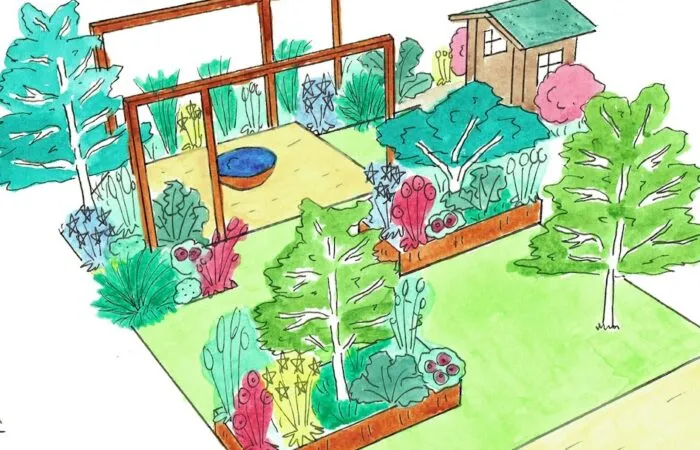
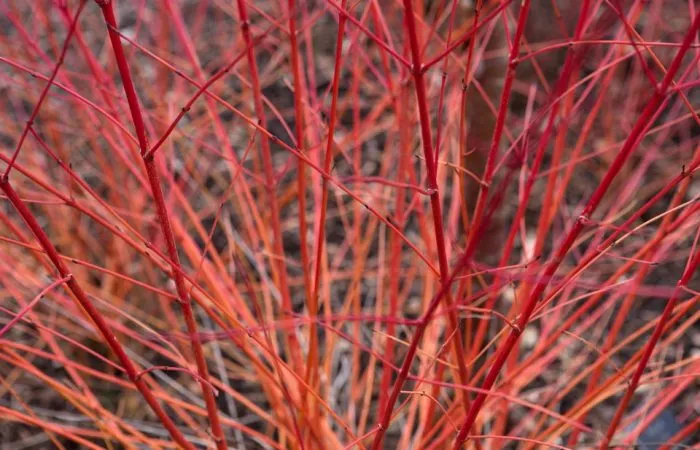
JOIN THE NINJAS

Be the first in line for new Guides, Discount codes and Offers
Great tip about keeping the pumpkins elevated! I lost my pumpkin plants already this year due to pests but I will remember this for next year.